Math Curriculum
7th Grade
|
Course Purpose: |
Students will calculate and apply operations with rational numbers to solve real word problems. Students will apply algebraic concepts to solve one-step and two-step equations with rational numbers and apply to real world contexts. |
Outcomes and Components:
|
M.7.13 |
Students will solve probability problems and create simulations to calculate probabilities. | ||||
|
Pacing Instruct/ Assess |
Component Code |
Component |
Standard(s) |
||
| M.7.13.1 | Define the meaning of an experiment, event, trial, sample space, and outcome. | ||||
| M.7.13.2 | Interpret probability as the likelihood of the event occurring and it is identified as a number between zero and one. Note that a number closer to one has a greater chance of occuring, a probability of one half is as likely as not, and a number closer to zero has a smaller chance of occurring. | ||||
| M.7.13.3 | Calculate the theoretical probabilities of simple events, the complement of an event, and experimental probabilities. | ||||
| M.7.13.4 | Collect data (experimental probability) and approximate the probability of that event by making a prediction based on the collected data. | ||||
| M.7.13.5 | Develop a probability model (which may or may not be uniform), use it to find the probability of events, compare probabilities to the model, and explain any discrepancies. | ||||
| M.7.13.6 | Calculate probability of compound events using organized lists, tables,tree diagrams, and simulations. | ||||
| M.7.13.7 | Calculate the theoretical and experimental probability of a compound event as a fraction of outcomes in the sample space for which the event occurs. | ||||
| M.7.13.8 | Create and use a simulation to generate frequencies of compound events. | ||||
|
Academic Vocabulary: create, calculate, interpret |
|
Content Vocabulary: probability, sample space, event, trial, outcome, simulation |
